Reign of Empress Miera
Usurper. Harlot. Traitor. Empress Miera has been called many things. What most of her critics overlook, however, be they historian, politician or common citizen, is that the latter part of her reign was, in fact, the last prosperous period Vardania experienced until the foundation of the Third Hegemony over four hundred years later.The Usurpers had fallen. Their armies smashed, power bases occupied and supporters scattered. As Imperial Regent, Miera now reigned unchallenged. With rebellions being crushed under the Legion's iron boot and her policies beginning to bear fruit, the worst of the troubles seemed over. Peace had returned to Vardania. At least for the moment.
Clearing the Rubble
Following the execution of Amelian "the Younger" in early Quitil of 2213, what is sometimes called the Usurpers War came to an end. With Eugeron's oldest sons dead, Metachares remained the primary claimant to the throne. And with Amelian "the Elder" and Vespasian Valerian on her side, Empress Miera controlled the largest part of the Imperial Army. Her position secure, she could now fully focus on ruling the shaken realm. The previous years had seen near-constant warfare across most of Vardania. Hardest hit the Western Provinces and the area around the capital Velaris. Large swaths of land had been scorched, dozens of cities burned to the ground. About a third of the capital itself was still an abandoned ruin following Gordian's assault in late 2210.Reconstruction
The Hegemony's coffers had already been strained by three years of war, but that did not stop Miera from pouring vast sums of money into the Western Province's reconstruction. Needed manpower came in form of tens of thousands of captured soldiers, former Legionaries and rebels alike. Special focus was put on Velaris and by 2215, the city had regained its past glory. This came at the expense of the surrounding land, however, and much of the west remained a shadow of its prewar self.
The Hegemony's coffers had already been strained by three years of war, but that did not stop Miera from pouring vast sums of money into the Western Province's reconstruction. Needed manpower came in form of tens of thousands of captured soldiers, former Legionaries and rebels alike. Special focus was put on Velaris and by 2215, the city had regained its past glory. This came at the expense of the surrounding land, however, and much of the west remained a shadow of its prewar self.
The Feran Problem
Rodarit, rebellious Feran governor of Caria, had only been the beginning. His revolt had sparked far-reaching unrest across Feran held territories. While the east hadn't broken into open revolt, it had supported Rodarit, tens of thousands of Ferans joining his army. The Hegemony was forced to deploy several Legions across its south-eastern provinces, as garrison forces could no longer guarantee stability. Several generals advocated for a preemptive crackdown or even forced relocation of unruly citizens.
Rodarit, rebellious Feran governor of Caria, had only been the beginning. His revolt had sparked far-reaching unrest across Feran held territories. While the east hadn't broken into open revolt, it had supported Rodarit, tens of thousands of Ferans joining his army. The Hegemony was forced to deploy several Legions across its south-eastern provinces, as garrison forces could no longer guarantee stability. Several generals advocated for a preemptive crackdown or even forced relocation of unruly citizens.
Unrest in the Colonies
While Vardania remained largely peaceful following the Third Battle of Aurasio in 2213, the Hegemony's various overseas possessions saw an explosion of violent rebellion. Anti-Tarquinnian sentiment had existed since the Hegemony had first conquered those territories over 600 years earlier. The general prosperity of the 18th to 21st centuries DA had kept any independence movement small and largely impotent. The decline and misrule of the 22nd century, however, saw them rapidly grow in size and strength. And with the majority of the Hegemony's army occupied with fighting itself, hundreds of nations around the Divide saw their opportunity.Scetian Wrath
Just like during the Tarquinnian Invasion, Scetia would prove to be the greatest challenge for the Hegemony. From late 2212 on, Tarquinnian forces faced an extensive, well organized and devastating guerilla campaign. Rather than challenge the superior Legions on the field of battle, the rebels concentrated on weakening the Hegemony's hold on the west. This resistance would not die down till 2227 and at times, control large swaths of the Scetian outback.
Just like during the Tarquinnian Invasion, Scetia would prove to be the greatest challenge for the Hegemony. From late 2212 on, Tarquinnian forces faced an extensive, well organized and devastating guerilla campaign. Rather than challenge the superior Legions on the field of battle, the rebels concentrated on weakening the Hegemony's hold on the west. This resistance would not die down till 2227 and at times, control large swaths of the Scetian outback.
Anidara in Flames
On the southern continent of Anidara, rebellions had started back in early 2212. Unlike those in Scetia, however, they lacked any form of organization, more akin to roving bands of marauders than any coherent force. Gaius Maeris, overall military commander of the southern territories, responded with ruthless efficiency. Throughout the 2210s, his forces systematically destroyed the rebellion, burning several dozen cities in the process.
On the southern continent of Anidara, rebellions had started back in early 2212. Unlike those in Scetia, however, they lacked any form of organization, more akin to roving bands of marauders than any coherent force. Gaius Maeris, overall military commander of the southern territories, responded with ruthless efficiency. Throughout the 2210s, his forces systematically destroyed the rebellion, burning several dozen cities in the process.
Interra runs Red
Following the example of Rodarit, several Feran lords rose up in arms against the Hegemony. By early 2214, the Hegemony's provinces in Interra had been overrun, their beleaguered governor fleeing per ship north. The rebels fortunes turned as Dhion Hi arrived at the head of an imperial army 30,000 strong. For the next two years, Interra's hills were painted red as Hi indiscriminately slaughtered anyone even distantly associated with the revolt.
Following the example of Rodarit, several Feran lords rose up in arms against the Hegemony. By early 2214, the Hegemony's provinces in Interra had been overrun, their beleaguered governor fleeing per ship north. The rebels fortunes turned as Dhion Hi arrived at the head of an imperial army 30,000 strong. For the next two years, Interra's hills were painted red as Hi indiscriminately slaughtered anyone even distantly associated with the revolt.
Game of Thrones
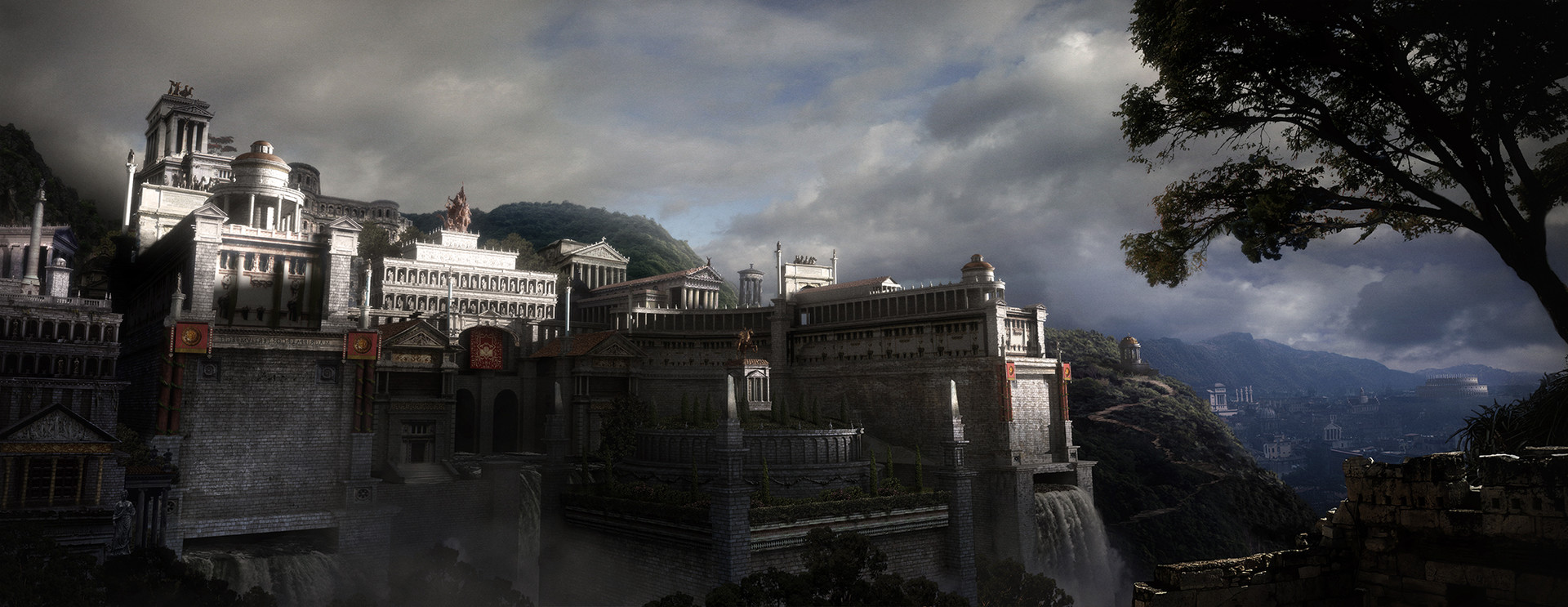
by Jaime Jasso
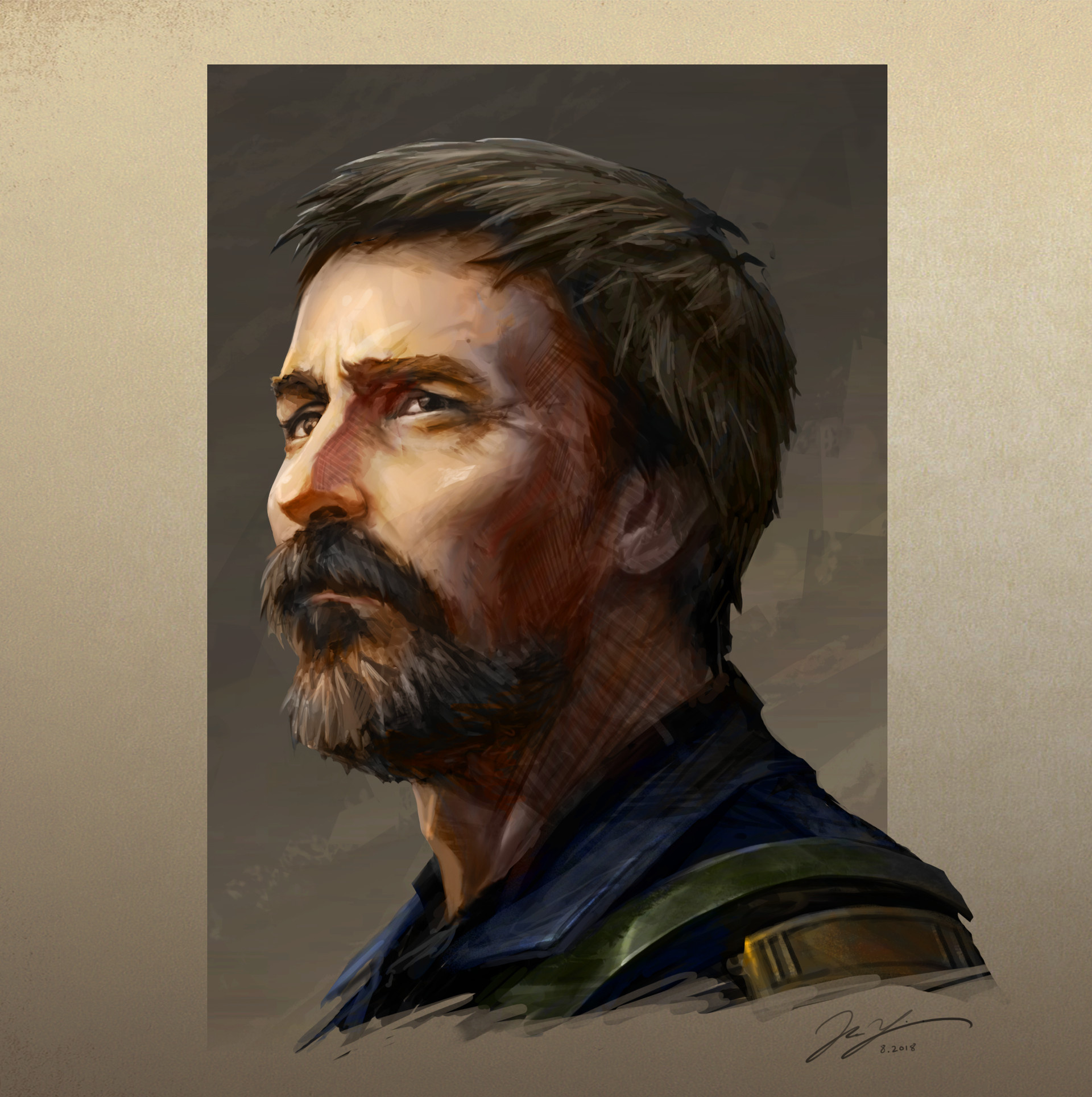
by Jue 'Leo' Li
I have to admit your play was masterful, Miera. Votarian, Octavian, Amelian. You played all of them like fools. Tools to be discarded once they had lost their usefulness. Your only mistake was thinking that the same thing could never happen to you.
Start Date
06.07.2213
Ending Date
17.02.2219
Conflict Result
Short term stabilization of the Hegemony.
Location
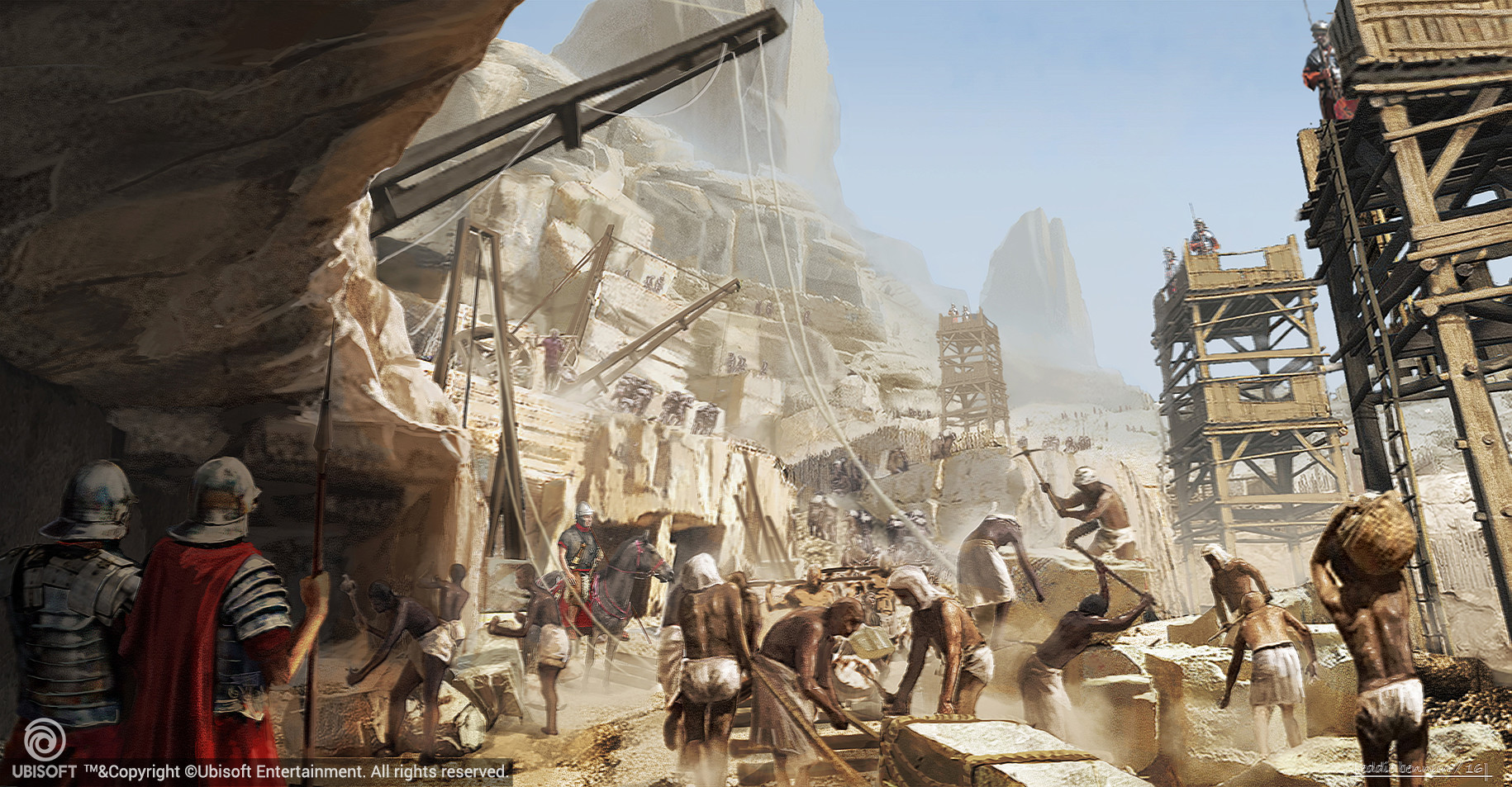
by Eddie Bennun
It is the standard punishment administered by Vardanian courts. It makes sense, doesn't it? Why waste a perfectly healthy individual by killing them, when they could still be put to use?Oath of Imperial Loyalty Under normal circumstances, a mere formality, as swearing it merely confirms that all of your authority stems from the Emperor. What made the situation in 2219 so critical, was that as Imperial Regent, Miera essentially embodied her son's authority. Vespasian swearing the oath would have meant a degradation, from co-ruler of the Hegemony to servant of Miera. While it wouldn't have rendered him powerless, it nevertheless would have given Miera the upper-hand in their power struggle and make any action taken against her look like treachery of the highest order.

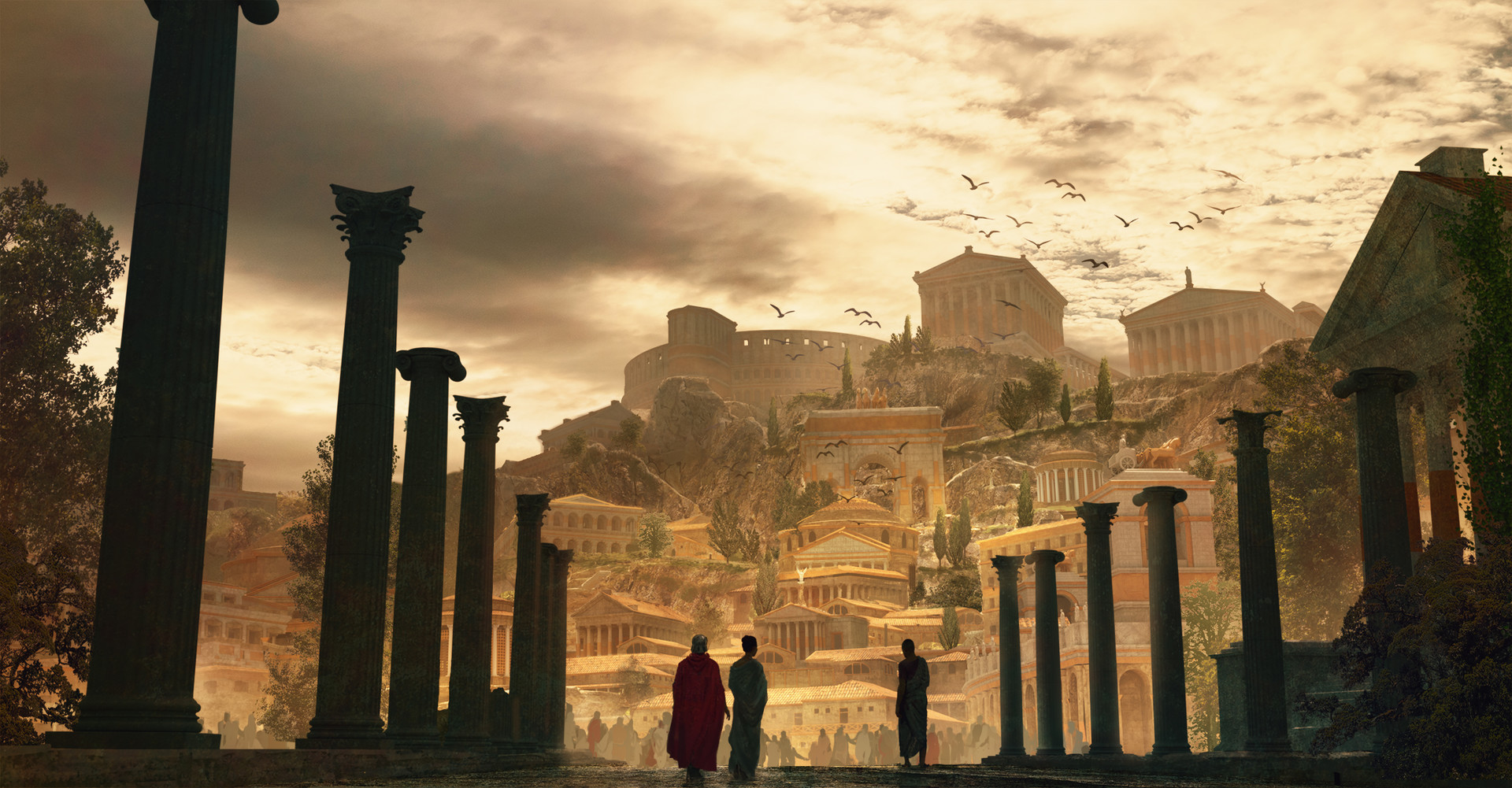
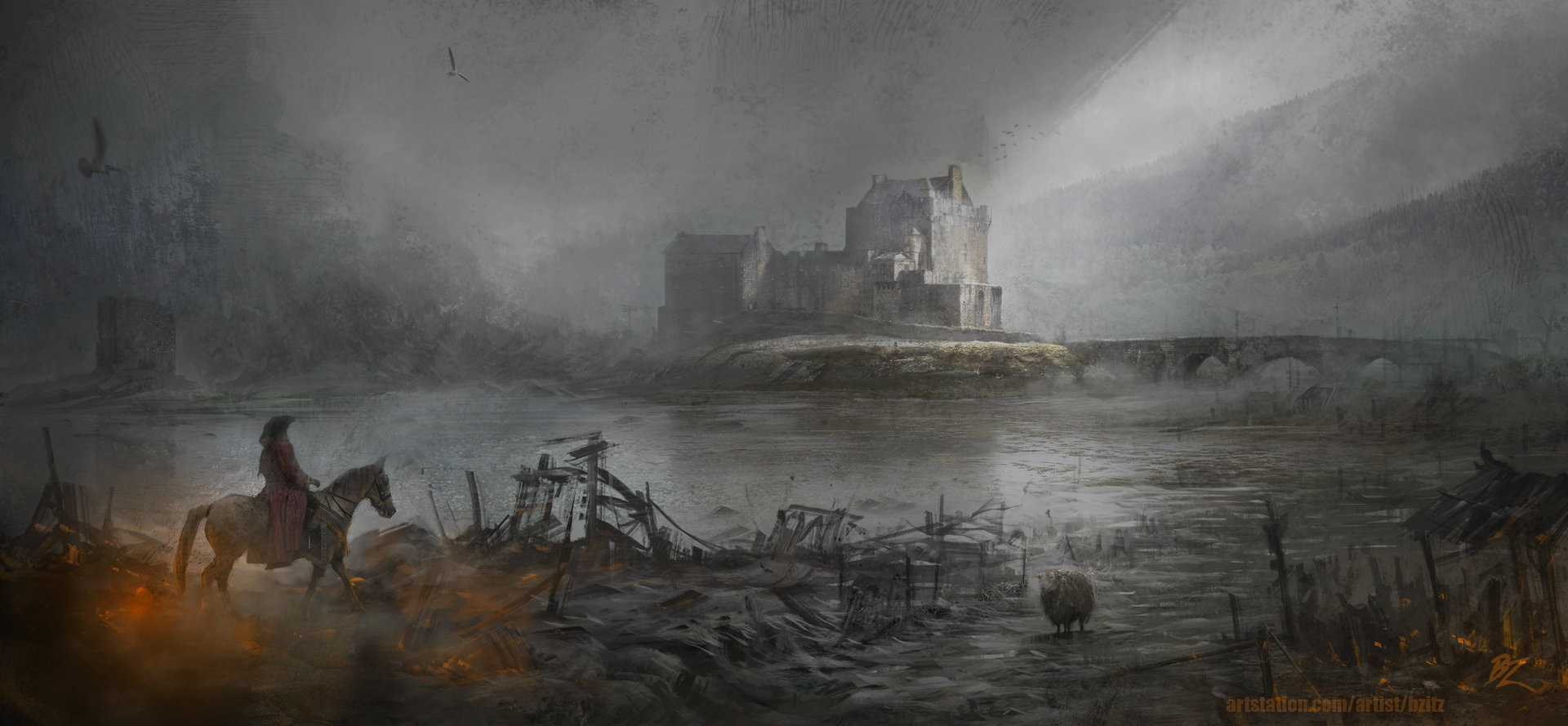
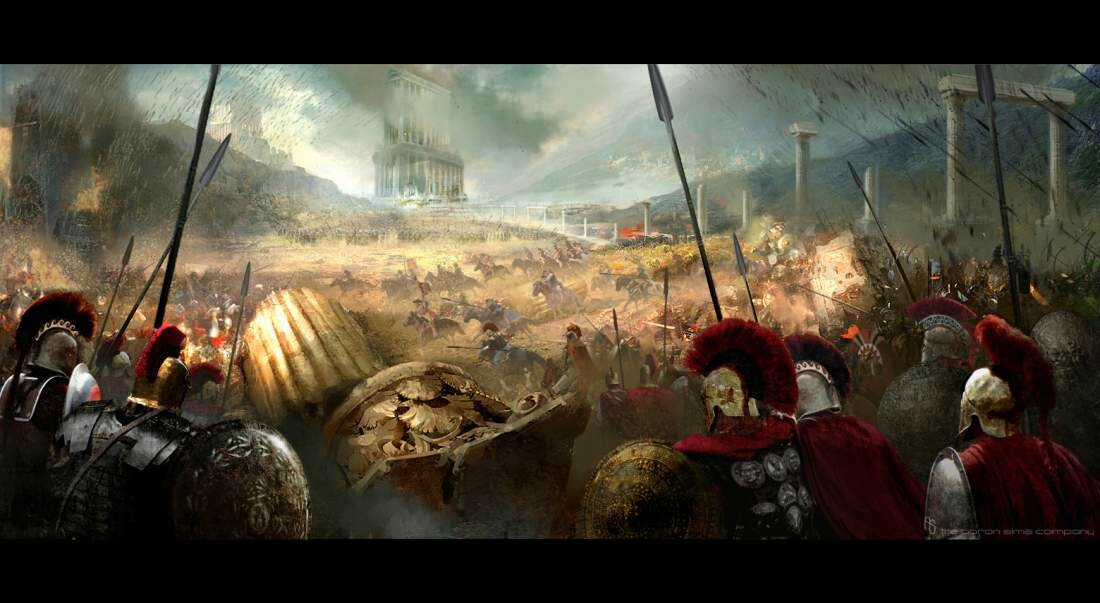
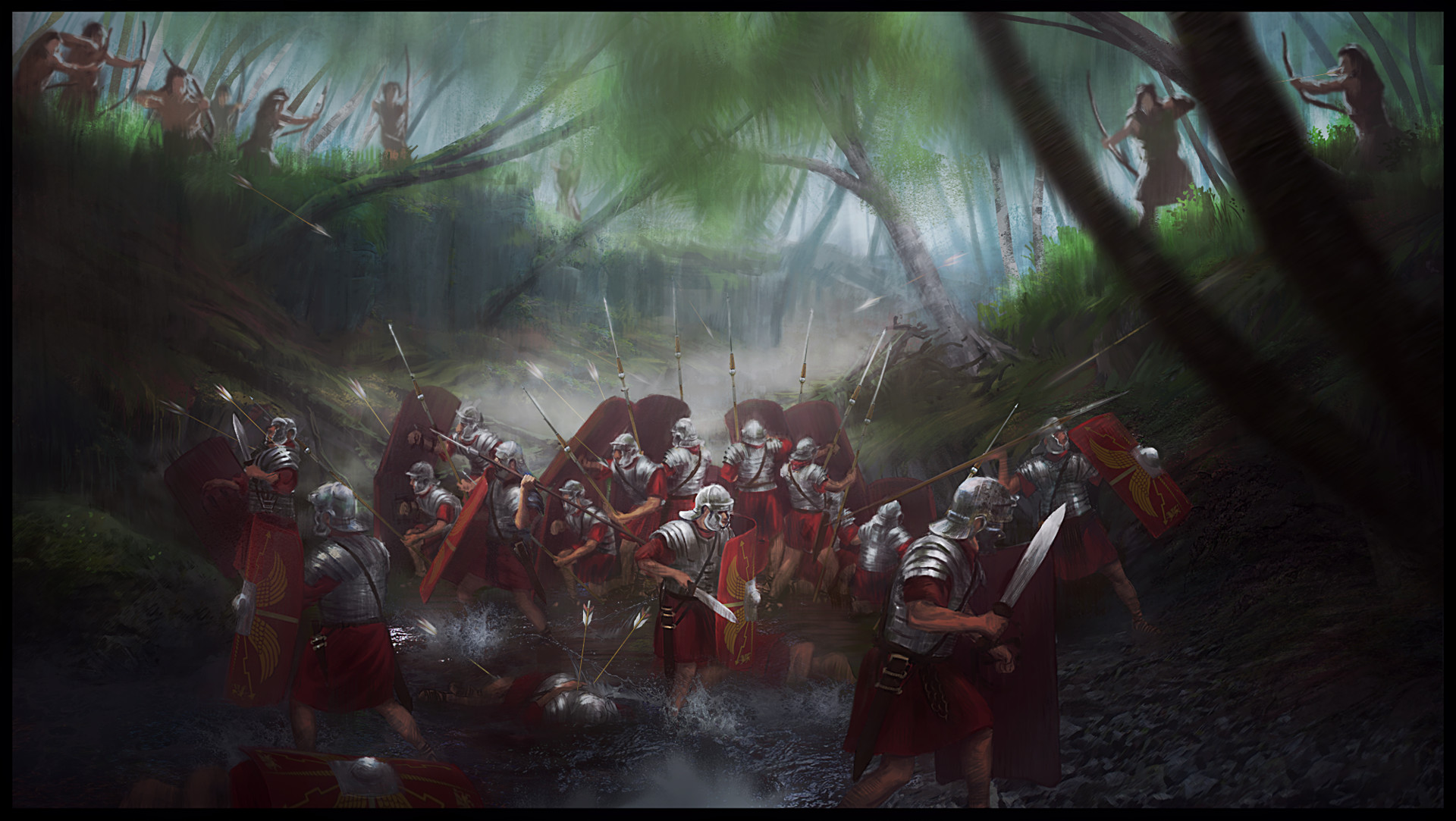

What did he do instead of swearing the oath?
Necromancy is a Wholesome Science.
Its shown in the next entry "A Day in Febris", but essentially he acts faster and smarter than Miera thought and initiated a coup against her.
Oh and thank you very much for the read and like. ^^